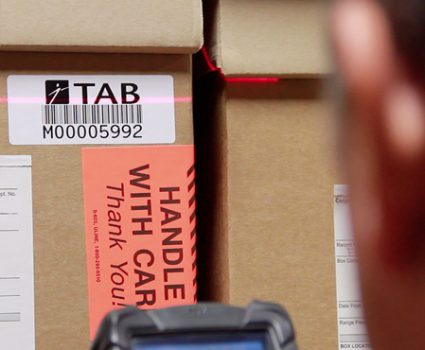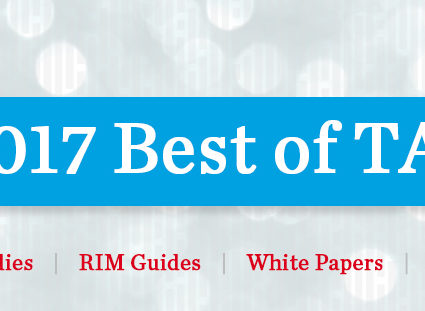
Four ways to save money and “go green” with your RM program
Many organizations have learned that doing the right for the environment is also doing the right thing for the bottom line.
For example, consider the case of business travel for staff members. Replacing flights and long commutes with online meetings not only reduces the organization’s carbon footprint, it saves a lot of money on travel expenses and reduces employee downtime.
Greener Records Management Makes Good Business Sense
Hopefully, your organization is committed to doing its part to help the environment. However, even if it is not, you can easily make the case for environmentally friendly practices for records and information management. When you take a green approach to managing information, you will use less paper, office space and electricity; and require fewer human resources to store and manage your information. Over time, these efficiencies can add up to major savings.
Four Ways to Save and Go Green
- Minimize the amount of paper you create
Less paper generated means less to buy, less to store and less to destroy. Work with business units to encourage staff to minimize the amount of paper they generate. You will need to start at the policy level, but may also want to look at document imaging or other digital alternatives to paper documents. Learn more about going “paperlite” » - Minimize the amount of paper you keep
No business will ever be paper-free, but you can at least minimize the amount of paper that you keep on hand once it is no longer needed for business purposes. Classification and retention scheduling are essential for this, as well as regular purges of unneeded paper documents kept within individual business units. Our TAB SMART service is a great example of program that minimizes your document storage requirements.Learn more » - Use efficient storage systems for active records.
Inefficient storage systems force organizations to use more office space, which results in greater expenditure of energy and other resources. Switching to high-density storage can help you reduce your storage footprint by as much as 75 percent. - Choose an offsite storage provider that is close to you
Offsite storage for active records can be a great, cost effective alternative to onsite storage. Assuming you need to retrieve documents regularly, make sure that the facility is located fairly close to your organization. This will minimize the environmental impact of document deliveries while also minimizing delivery costs.
NEXT STEPS:





